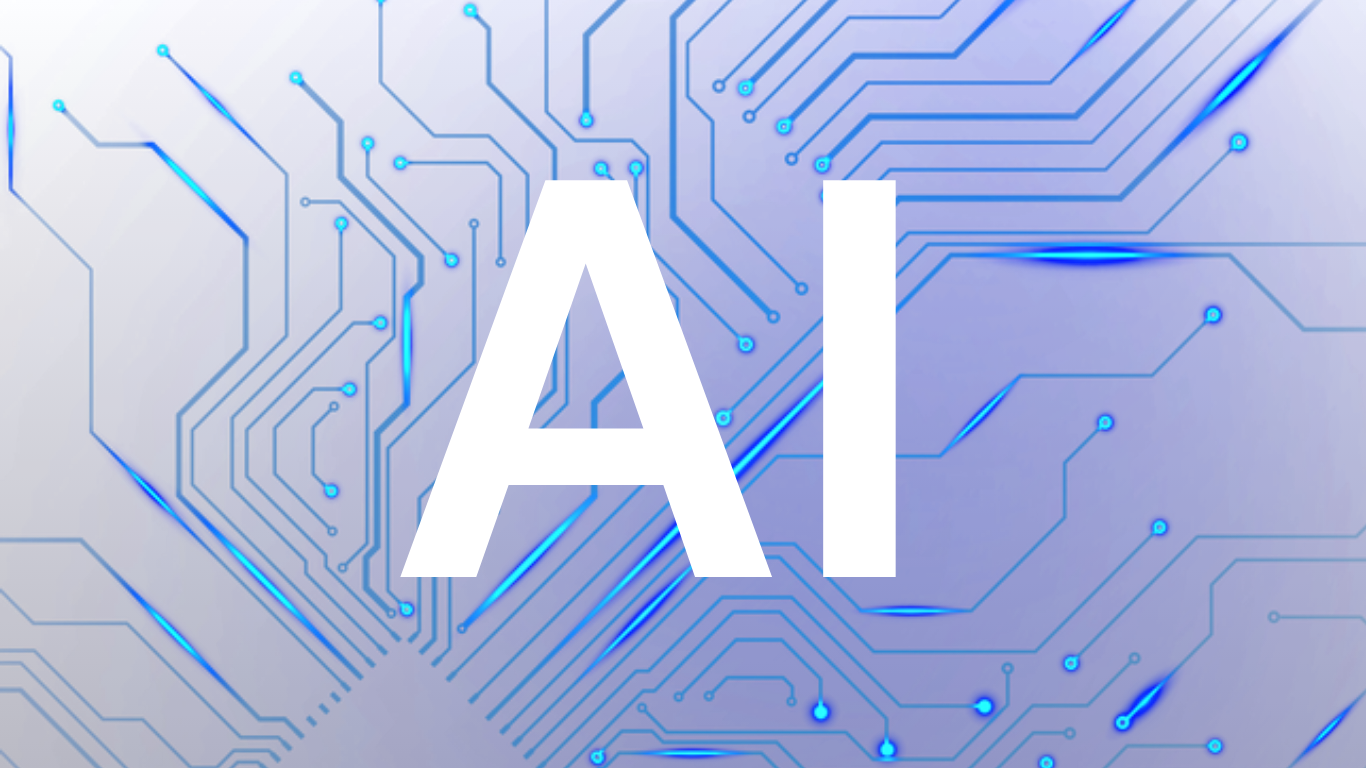
403
Sorry!!
Error! We're sorry, but the page you were looking for doesn't exist.
AI System Pinpoints Brain Lesions in Kids with Severe Epilepsy
(MENAFN) Australian scientists have unveiled a groundbreaking artificial intelligence (AI) system capable of identifying minuscule brain lesions responsible for severe epilepsy in children, promising quicker diagnosis, targeted treatment, and potential cures.
Dubbed the "AI epilepsy detective," the tool detects focal cortical dysplasias—lesions roughly the size of a blueberry that trigger recurring seizures—in up to 94% of cases when combined with medical imaging. This was confirmed in a statement released Wednesday by the Murdoch Children's Research Institute (MCRI) in Australia.
Published in the U.S. journal Epilepsia, the study revealed that the AI system analyzed MRI and PET scans far more effectively than traditional methods, which missed 80% of diagnoses through human interpretation of MRI results.
"With more accurate imaging, neurosurgeons can develop a safer surgical roadmap to avoid important blood vessels and brain regions that control speech, thinking and movement and removing healthy brain tissue," said study lead author Emma Macdonald-Laurs, a neurologist at MCRI.
Macdonald-Laurs emphasized that enhanced identification of cortical dysplasia could accelerate referrals for epilepsy surgery, reduce seizure frequency, and improve long-term developmental prospects. She led the team behind the new detector.
The clinical trial involved 71 children at Australia's Royal Children's Hospital. Among 17 children in the final testing phase, 12 underwent surgery, with 11 now seizure-free, the statement reported.
Epilepsy affects about one in every 200 Australian children, with cortical dysplasias—formed during fetal development—a frequent cause of drug-resistant seizures.
Macdonald-Laurs explained that prolonged uncontrolled seizures in children increase the likelihood of learning challenges, including intellectual disabilities. However, when epilepsy stems from cortical dysplasia, it can often be treated or even cured through surgery, provided the abnormal brain tissue is accurately identified and removed.
Researchers hope to expand testing of the AI tool across pediatric hospitals nationwide with additional funding.
Dubbed the "AI epilepsy detective," the tool detects focal cortical dysplasias—lesions roughly the size of a blueberry that trigger recurring seizures—in up to 94% of cases when combined with medical imaging. This was confirmed in a statement released Wednesday by the Murdoch Children's Research Institute (MCRI) in Australia.
Published in the U.S. journal Epilepsia, the study revealed that the AI system analyzed MRI and PET scans far more effectively than traditional methods, which missed 80% of diagnoses through human interpretation of MRI results.
"With more accurate imaging, neurosurgeons can develop a safer surgical roadmap to avoid important blood vessels and brain regions that control speech, thinking and movement and removing healthy brain tissue," said study lead author Emma Macdonald-Laurs, a neurologist at MCRI.
Macdonald-Laurs emphasized that enhanced identification of cortical dysplasia could accelerate referrals for epilepsy surgery, reduce seizure frequency, and improve long-term developmental prospects. She led the team behind the new detector.
The clinical trial involved 71 children at Australia's Royal Children's Hospital. Among 17 children in the final testing phase, 12 underwent surgery, with 11 now seizure-free, the statement reported.
Epilepsy affects about one in every 200 Australian children, with cortical dysplasias—formed during fetal development—a frequent cause of drug-resistant seizures.
Macdonald-Laurs explained that prolonged uncontrolled seizures in children increase the likelihood of learning challenges, including intellectual disabilities. However, when epilepsy stems from cortical dysplasia, it can often be treated or even cured through surgery, provided the abnormal brain tissue is accurately identified and removed.
Researchers hope to expand testing of the AI tool across pediatric hospitals nationwide with additional funding.

Legal Disclaimer:
MENAFN provides the
information “as is” without warranty of any kind. We do not accept
any responsibility or liability for the accuracy, content, images,
videos, licenses, completeness, legality, or reliability of the information
contained in this article. If you have any complaints or copyright
issues related to this article, kindly contact the provider above.

















Comments
No comment